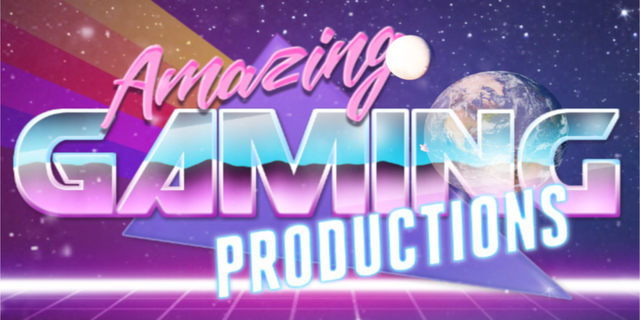Welcome to Amazing Gaming Productions - Principles of Animation 101

The Principles of Animation were created by Frank Thomas and Ollie Johnston back in the heyday of Disney, where their animations and appeal were pretty much off the charts.
Full book - https://epdf.pub/the-illusion-of-life-disney-animation7b21a8a393b5c210fd676519f44c660088178.html
Playlist -
Squashing and Stretching - All movement has squashing and stretching, as we walk, run, jump, at all moments were are compressing and expanding to release energy - so it is important to do the same with characters in any animation.
Anticipation - No matter how much in the moment you are, you will act in anticipation when you are about to do something - whether you are Sheppard, looking at an electric torch before killing some mechanic, or Wylie Coyote looking a fuse before blowing yourself up, you always look at the thing you are about to interact with.
Framing - In animation, it is important to use proper framing and staging to tell a story. Whether you are in a great RPG epic where you turn around a gourge and valley to see a great mystical tree, housing a great city of the elves, or you use two characters embracing to show a heart between them, it is important to use your scene to convey meaning.
Animation Types - It’s important to know how to animate what kind of sequence. If you have a crazy ball going from one place to the next, drawing frame by frame is a great way to start - though very difficult, but if you do a walk cycle, pose by pose is better. For computers, animation is done by tweening, which allows the computer to allow flow between two different states efficiently, and sometimes with disastrous results.
Follow through and overlapping action - every action has an equal and opposite reaction - whether it is hair following backwards as someone runs fast, or breasts bouncing up and down as a woman walks, there is all kinds of actions that happen as we move.
Easing in and Easing out - for most animations, going slowly at the beginning and at the end is essential. You don’t grab a bottle of coke in a half second, because that will send it flying - you take a couple of seconds to move your hand towards it slowly at first and at the end to grab it properly.
Arcs - if you observe movement in people, it all is a bunch of arcs, whether it is a bum going in half circles as we walk, or we bob up and down as we walk and run, everything moves in an arc. Especially true in computer animations as we use arcs/curves to move objects.
Secondary action - where Follow Through and Overlapping action is all bout how our bodies respond to movement, secondary action is all about how the environment and other characters respond to different actions - vitally important.
Timing - Timing is everything - an attack to slow looks like someone tickling someone with a feather rather than slashing with a knife. Trying to hold someone in a 1/4 of a second looks more like a push. Make sure everything has the proper timing, and if you really need help, tape yourself doing those actions.
Exaggeration - Don’t go for realism in animation, because it will come off as fake. The more outrageous you make an animation, the more it reads as realistic - so go nuts and make everything entertaining and fun.
Solid Drawing - When everything is said and done - Blender, the next batch of lessons I am going to put up, just understands straight lines - stick figures, if you may, so drawing things as straight lines is better than anything else.
Appeal - whether it is humour, extreme realism, sensuality or ease of understanding, appeal is what it is all about. If you have chaos, nobody will like what you have, but if everything is properly framed with awesome squashing and stretching and timing you will get your audience raving.